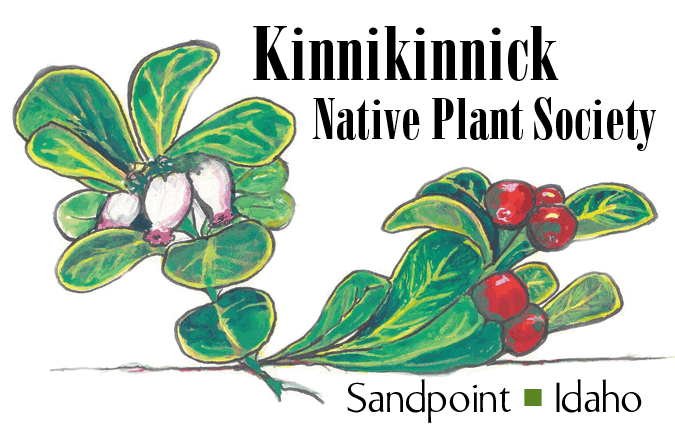Showy Fleabane
(Erigeron speciosus)
Showy Fleabane flowers
Pioneer housekeepers stuffed their matresses with dried leaves and stems from this purple and yellow daisy-like flower – Showy Fleabane. Lore had it that it would keep fleas away, hence the name Fleabane. While it may have no effect on fleas, Fleabane is the host plant for the eggs and larva of the Little Dark Gem moth. In addition, it attracts beneficial insects, as well as butterflies and late summer pollinators.
The largest, showiest member of the Fleabane genus, Erigeron, our native species (Erigeron speciosus) grows 1-2 feet tall with purple ray flowers around a yellow center of disk flowers. This spring bloomer produces whitish seed-heads that are hairy or wooly, resembling a gray-haired man. Its name, Erigeron, is derived from ancient Greek words meaning “early in the morning” and “old man.”
Growing near the dry rock wall on the edge of the Arboretum, this long blooming native shows well in a perennial bed or wildflower meadow. Excellent for rocky, low fertility soils, it's not too picky about sun or shade, moist or dry. In a word, Fleabane is “perfect” for dry, south facing slopes or parched flower beds on the sunny side of the house.
Check out Fleabane in the Dry Rock habitat at the North Idaho Native Plant Arboretum. Open to the public, parking for the Arboretum is at 611 S. Ella Ave. or on the street.
Fleabane is found on page 151 of the KNPS publication, Landscaping with Native Plants in the Idaho Panhandle, available at local bookstores and the Bonner County History Museum.
Native Plant Notes are created by the Kinnikinnick Native Plant Society. To learn more about KNPS and the North Idaho Native Plant Arboretum, explore www.nativeplantsociety.org.

